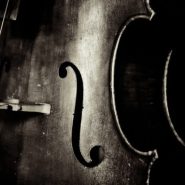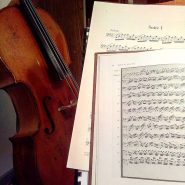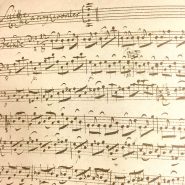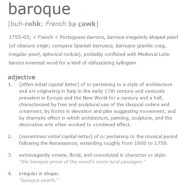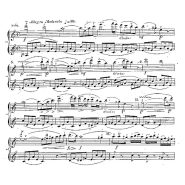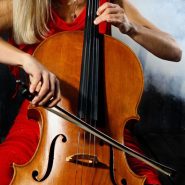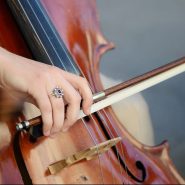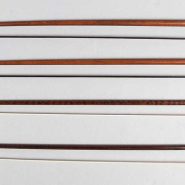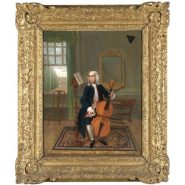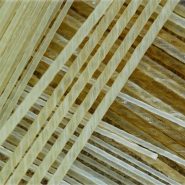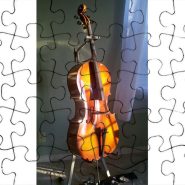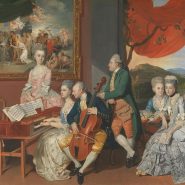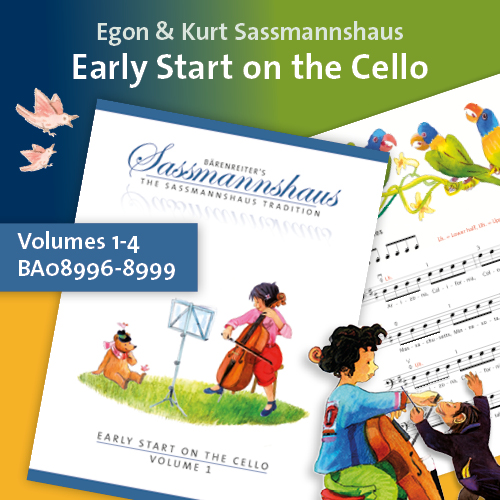Category: Baroque
By Inbal Segev February 13, 2017
Subjects Baroque, Repertoire
Tags Bach, Bach Suites, cellobello, CelloBlog, inbal segev
By Inbal Segev February 9, 2017
Subjects Baroque, Repertoire
By Colin Carr February 2, 2017
Subjects Baroque, Repertoire
Tags Bach Suites, cello, cellobello, CelloBlog, Colin Carr
By Laurence Lesser January 22, 2017
Subjects Baroque, Repertoire
Tags Bach, Bach Cello Suites, Interpretation
By Guy Fishman December 14, 2014
Subjects Baroque, Historical
By Guy Fishman December 1, 2014
Subjects Baroque, Historical
Tags Baroque, cellobello, CelloBlog, Grout, Guy Fishman, history, Michaelangelo, Stolba, Textbooks, Western Music
By Guy Fishman November 24, 2014
Subjects Baroque, Historical
Tags arm vibrato, Baroque, bow, bow vibrato, cellobello, CelloBlog, finger vibrato, Flesch, Guy Fishman, Haydn, vibrato
By Guy Fishman November 20, 2014
Subjects Baroque, Historical
Tags Baroque, CelloBlog, coaching, Flesch, Guy Fishman, Portamento, Soyer, Tertis, vibrato
By Guy Fishman October 20, 2014
By Guy Fishman October 15, 2014
Subjects Baroque, Historical
Tags Baroque, baroque bow, cello, Guy Fishman
By Guy Fishman September 29, 2014
Subjects Baroque, Historical
Tags Baroque, cello, cellobello, gut strings, Guy Fishman, Tim Janoff
By Guy Fishman September 22, 2014
Subjects Baroque, Historical
Tags Baroque, cello, CelloBlog, gut strings, Guy Fishman
By Guy Fishman September 15, 2014
Subjects Baroque, Historical
Tags Bach, Baroque, cello, Guy Fishman, Historical Performance, language
By Guy Fishman September 8, 2014
Subjects Baroque, Historical
Tags Baroque, blog, cello, gut strings, Guy Fishman, Teaching, vibrato
